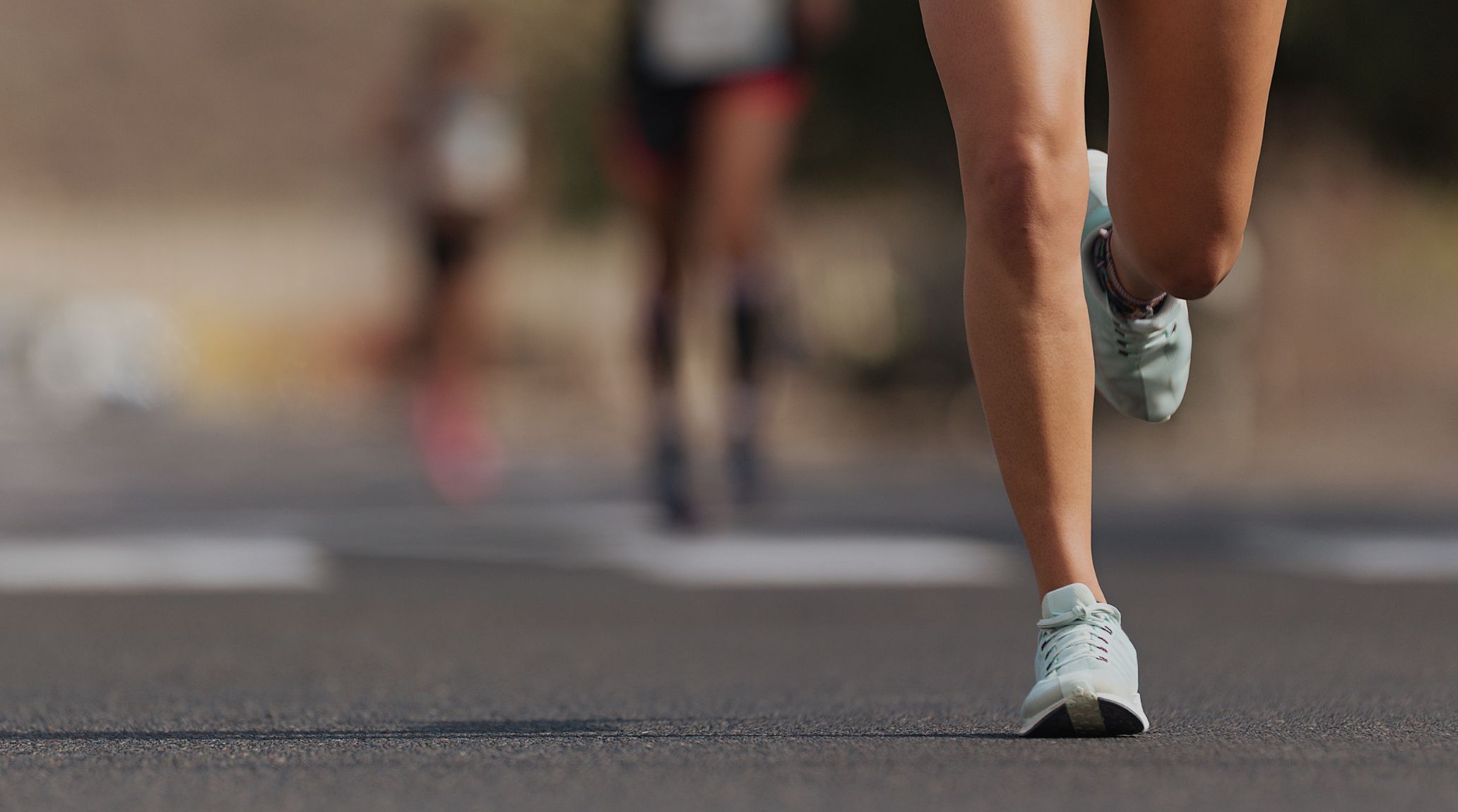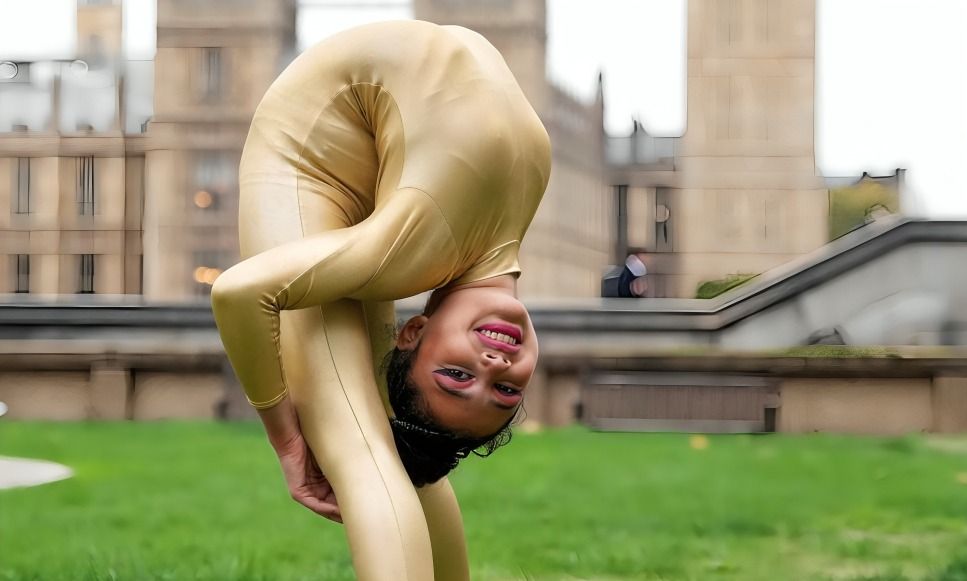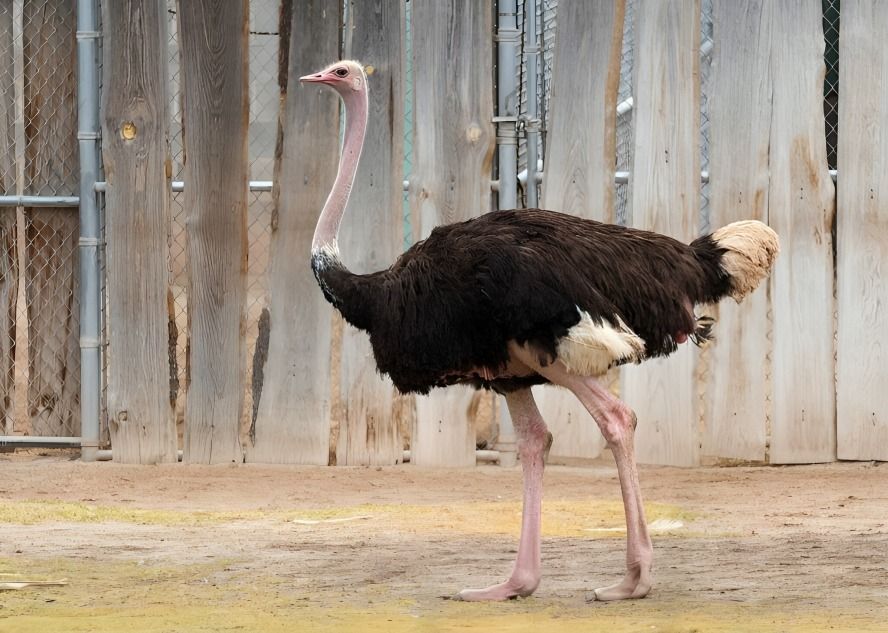
“
The human knee is an incredible feat of biological engineering, offering strength and flexibility to support various movements. Here, we discover 20 fascinating facts about human knee anatomy that highlight its complexity and importance in our daily lives and physical activities. Understanding these intricacies enhances our appreciation for this vital joint and underscores the significance of proper care and maintenance to ensure lifelong mobility and functionality.1
1
”
The knee is one of the most stressed joints in the body. It endures significant pressure and strain from daily activities like walking, running, and climbing stairs; supporting and protecting this vital joint for overall mobility is crucial. 1
The first total knee replacement surgery was a groundbreaking medical achievement. Performed in the late 1960s, this pioneering procedure marked a turning point in orthopedic surgery. 2
The knee has one of the highest concentrations of sensory nerves, making it highly sensitive to pain and pressure changes, which is why knee injuries can be particularly debilitating. 3
The longest time balancing a football on the knee is an astounding 10 minutes and 40 seconds, achieved by Alireza Chehreh Nama in Iran on December 18, 2023. This feat showcases the knee's impressive stability and strength. 4
Babies do not have kneecaps; they have cartilage structures in place. This cartilage gradually transforms into bony tissue as it grows, usually between 2 and 5. 5
Robotic knee technology has revolutionized orthopedic surgery. Advancements in robotics have led to the development of sophisticated surgical systems capable of performing complex knee procedures with unparalleled precision. 6
The kneecap, or patella, is a small, round bone that shields and supports the knee joint, enabling smooth movement. It's a unique and crucial component of our skeletal system, much like a body's built-in armor. 7

Liberty Barros from the UK set a record by completing a 20-meter backbend knee-lock walk in 22.53 seconds on November 10, 2022, as part of the Guinness World Records Day celebrations.
Kneecaps are unique to each individual, much like fingerprints. No two kneecaps are the same. You can walk without a kneecap because the surrounding muscles and ligaments can effectively support and stabilize the knee joint.8
About 31,000 years ago, a below-knee amputation was performed on a young adult in Borneo. This discovery demonstrates impressive early surgical skills in treating knee injuries and offers insight into ancient medical practices. 9
ACL tears are prevalent knee injuries, frequently happening in sports requiring sudden stops and changes of direction, like soccer and basketball, necessitating proper treatment and rehabilitation for recovery. 10
Amin Mehsood from Pakistan set a record with 348 full-contact knee strikes in three minutes on November 10, 2022. That surpassed the previous record by over 70 strikes. 11
Having diabetes could increase susceptibility to knee injuries due to potential complications such as nerve damage and reduced blood flow, which affect joint health and healing processes. 12
The length of your femur influences the knee's range of motion and flexibility. Longer femurs typically allow for a greater range of motion, contributing to enhanced flexibility and movement capabilities in the knee joint. 13

The ostrich boasts a unique knee structure. While it may appear to have knees at the upper and lower leg, the "upper knee" is its ankle. The true knee joint is hidden within the body, making it a fascinating anatomical anomaly.
The knee joint is surrounded by a synovial membrane that produces synovial fluid, lubricating the joint and reducing friction during movement. The knee supports nearly the entire body's weight, making it one of the most heavily stressed joints. 14
As we age, knee cartilage naturally wears down, increasing the risk of osteoarthritis and other issues. This makes maintaining joint health through proper care and exercise even more important to prevent pain and ensure mobility in later years.15
Sitting for extended periods with sharply bent knees can increase pressure on the knee joint, often resulting in discomfort and stiffness. Stretching and straightening the legs to alleviate this strain periodically is important. 16
The knee joint can bend up to 180 degrees, depending on flexibility. This remarkable range of motion is crucial for various physical activities and athletic movements, enabling actions like running, jumping, and deep squatting with ease and efficiency. 17
Regular exercise can strengthen and adapt the tendons around the knee, enhancing joint stability and reducing the risk of injuries. This adaptation helps improve overall knee function and resilience. 18


